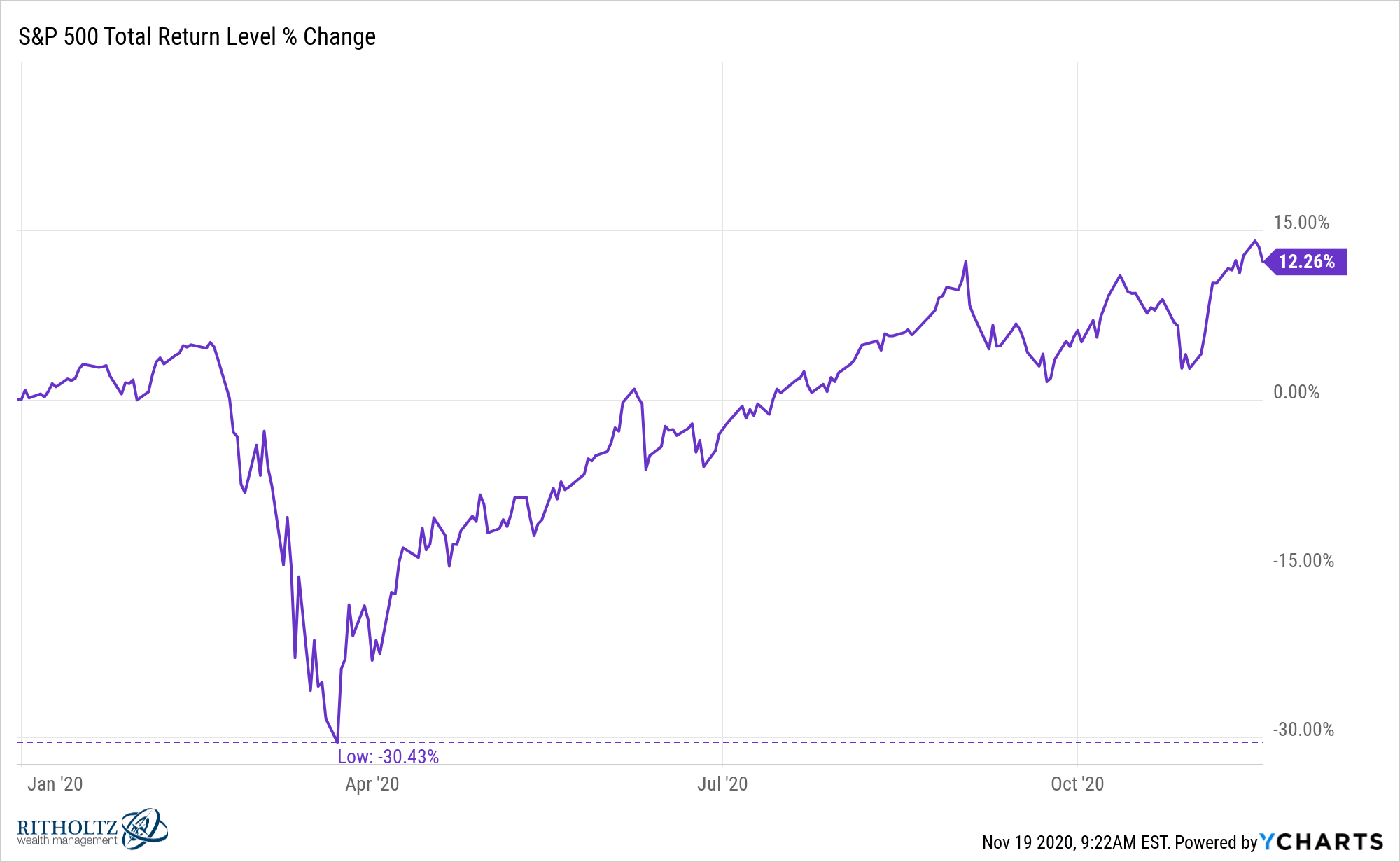


Drawdown measures how far an investment account (or market, index, ETF, stock, etc.) has fallen from its previous high value. This is a $15 drawdown, or $15 / $120 = 12.5%. Loss of money is risk, and loss of money can be measured by a concept called drawdown. The new peak is now $120 and the newest trough is $105. This is because most traders view losses in terms of their purchase price ($100 in this case), and not the peak price the investment reached after entry.Ĭontinuing with the example, the price then rallies to $120 (peak) and then falls back to $105 before rallying to $125. The stock drawdown was 27.3%, yet the trader would be showing an unrealized loss of 20% when the stock was at $80. This shows that a drawdown isn’t necessarily the same as a loss. The peak price for the stock was $110, and the trough was $80. The price rises to $110 (peak) but then swiftly falls to $80 (trough) and then climbs back above $110.ĭrawdowns measure peak to trough. If a stock drops from $100 to $50 and then rallies back to $100.01 or above, then the drawdown was $50 or 50% from the peak.Īssume a trader decides to buy Apple stock at $100. A drawdown from a share price’s high to its low is considered its drawdown amount. The Sterling ratios use drawdowns to compare a security’s possible reward to its risk.Ī drawdown is the negative half of the standard deviation in relation to a stock’s price. As long as the price or value remains below the old peak, a lower trough could occur which would increase the drawdown amount.ĭrawdowns help determine an investment’s financial risk. This method of recording drawdowns is useful because a trough can’t be measured until a new peak occurs. Once the account moves back above $10,000 then the drawdown is recorded. In the example above, we don’t know the drawdown is only 10% until the account moves back above $10,000. If a trading account has $10,000 in it, and the funds drop to $9,000 before moving back above $10,000, then the trading account witnesses a 10% drawdown.ĭrawdowns are important for measuring the historical risk of different investments, comparing fund performance, or monitoring personal trading performance.Ī drawdown remains in effect as long as the price remains below the peak. A drawdown is usually quoted as the percentage between the peak and the subsequent trough. A drawdown is a peak-to-trough decline during a specific period for an investment, trading account, or fund.


 0 kommentar(er)
0 kommentar(er)
